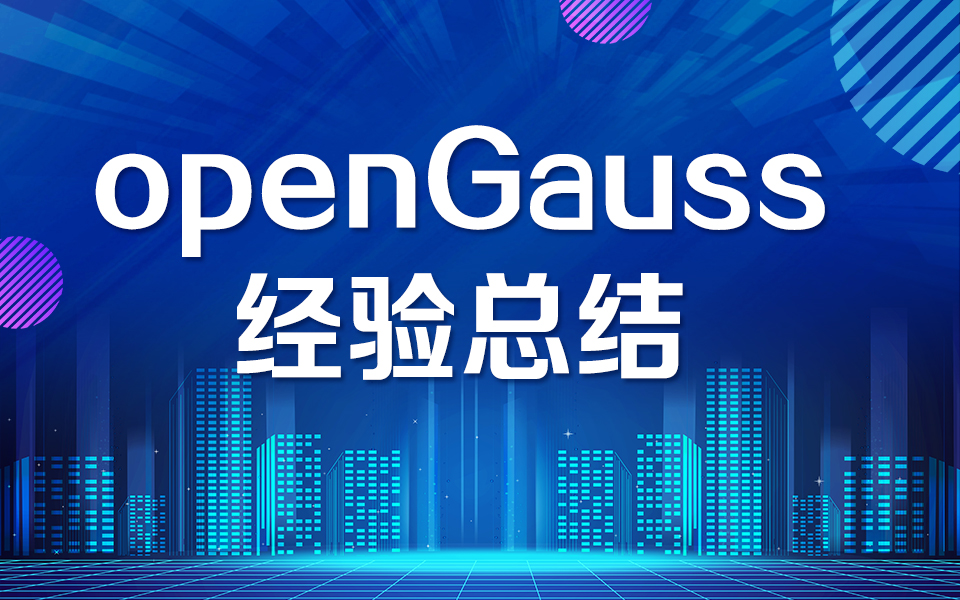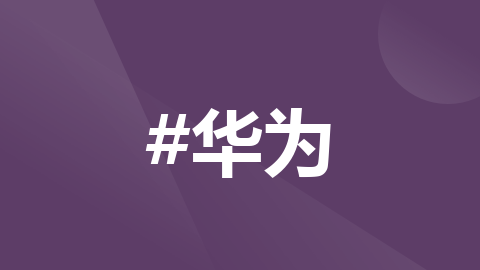flutter中Listener与GestureDetector的区别
也就是说,当子widget与父widget需要处理相同的触摸事件时,GestureDetector可以通过竞争机制来解决事件冲突,而Listener不会处理这种冲突。使用Listener的话,很多手势还需要自己根据最原始的触摸事件来判断,比较麻烦。flutter中有两种触摸事件监听方式,一个是Listener,一个是GestureDetector。而GestureDetector可以识别各种各样的
flutter中Listener与GestureDetector的区别
flutter中有两种触摸事件监听方式,一个是Listener,一个是GestureDetector。
这两个有什么区别呢? 换句话说,什么情况下使用Listener,什么情况使用GestureDetector呢?
-
区别之一
先看两者的使用时的参数。
GestureDetector({
Key? key,
this.child,
this.onTapDown,
this.onTapUp,
this.onTap,
this.onTapCancel,
this.onSecondaryTap,
this.onSecondaryTapDown,
this.onSecondaryTapUp,
this.onSecondaryTapCancel,
this.onTertiaryTapDown,
this.onTertiaryTapUp,
this.onTertiaryTapCancel,
this.onDoubleTapDown,
this.onDoubleTap,
this.onDoubleTapCancel,
this.onLongPressDown,
this.onLongPressCancel,
this.onLongPress,
this.onLongPressStart,
this.onLongPressMoveUpdate,
this.onLongPressUp,
this.onLongPressEnd,
this.onSecondaryLongPressDown,
this.onSecondaryLongPressCancel,
this.onSecondaryLongPress,
this.onSecondaryLongPressStart,
this.onSecondaryLongPressMoveUpdate,
this.onSecondaryLongPressUp,
this.onSecondaryLongPressEnd,
this.onTertiaryLongPressDown,
this.onTertiaryLongPressCancel,
this.onTertiaryLongPress,
this.onTertiaryLongPressStart,
this.onTertiaryLongPressMoveUpdate,
this.onTertiaryLongPressUp,
this.onTertiaryLongPressEnd,
this.onVerticalDragDown,
this.onVerticalDragStart,
this.onVerticalDragUpdate,
this.onVerticalDragEnd,
this.onVerticalDragCancel,
this.onHorizontalDragDown,
this.onHorizontalDragStart,
this.onHorizontalDragUpdate,
this.onHorizontalDragEnd,
this.onHorizontalDragCancel,
this.onForcePressStart,
this.onForcePressPeak,
this.onForcePressUpdate,
this.onForcePressEnd,
this.onPanDown,
this.onPanStart,
this.onPanUpdate,
this.onPanEnd,
this.onPanCancel,
this.onScaleStart,
this.onScaleUpdate,
this.onScaleEnd,
this.behavior,
this.excludeFromSemantics = false,
this.dragStartBehavior = DragStartBehavior.start,
})
Listener({
Key? key,
this.onPointerDown,
this.onPointerMove,
this.onPointerUp,
this.onPointerHover,
this.onPointerCancel,
this.onPointerSignal,
this.behavior = HitTestBehavior.deferToChild,
Widget? child,
})
可以看出Listener中监听的都是最原始的触摸事件
而GestureDetector可以识别各种各样的触摸手势,但其内部也是基于Listener来实现的。
这样看来大部情况下,使用GestureDetector足够了,而且也非常方便。使用Listener的话,很多手势还需要自己根据最原始的触摸事件来判断,比较麻烦。
- 区别二
GestureDetector 有竞争机制,Listener没有。
也就是说,当子widget与父widget需要处理相同的触摸事件时,GestureDetector可以通过竞争机制来解决事件冲突,而Listener不会处理这种冲突。
来看下面的例子。
- 都使用GestureDetector的情况
Widget test1WidgetBuild(BuildContext context) {
return Scaffold(
appBar: AppBar(
title: const Text("点击事件测试"),
),
body: Center(
child: GestureDetector(
onTap: () {
print("红色区域点击");
},
child: Container(
width: 200,
height: 200,
color: Colors.red,
child: Center(
child: GestureDetector(
onTap: () {
print("蓝色区域点击");
},
child: Container(
width: 100,
height: 100,
color: Colors.blue,
),
),
),
),
),
),
);
}
- 点击蓝色区域打印:
蓝色区域点击
- 点击红色区域打印:
红色区域点击
- 都使用Listener的情况
Widget test2WidgetBuild(BuildContext context) {
return Scaffold(
appBar: AppBar(
title: const Text("点击事件测试"),
),
body: Center(
child: Listener(
onPointerUp: (PointerUpEvent event) {
print("红色区域点击");
},
child: Container(
width: 200,
height: 200,
color: Colors.red,
child: Center(
child: Listener(
onPointerUp: (PointerUpEvent event) {
print("蓝色区域点击");
},
child: Container(
width: 100,
height: 100,
color: Colors.blue,
),
),
),
),
),
),
);
}
- 点击蓝色区域打印:
蓝色区域点击
红色区域点击
- 点击红色区域打印:
红色区域点击
- 父Widget使用Listener 子Widget使用GestureDetector
Widget test3WidgetBuild(BuildContext context) {
return Scaffold(
appBar: AppBar(
title: const Text("点击事件测试"),
),
body: Center(
child: Listener(
onPointerUp: (PointerUpEvent event) {
print("红色区域点击");
},
child: Container(
width: 200,
height: 200,
color: Colors.red,
child: Center(
child: GestureDetector(
onTap: () {
print("蓝色区域点击");
},
child: Container(
width: 100,
height: 100,
color: Colors.blue,
),
),
),
),
),
),
);
}
- 点击蓝色区域打印:
红色区域点击
蓝色区域点击
至于就里为什么是先打印红色点击后打印蓝色点击?, 后面再仔细研究研究下
- 点击红色区域打印:
红色区域点击
- 父Widget使用GestureDetector 子Widget使用Listener
Widget test4WidgetBuild(BuildContext context) {
return Scaffold(
appBar: AppBar(
title: const Text("点击事件测试"),
),
body: Center(
child: GestureDetector(
onTap: () {
print("红色区域点击");
},
child: Container(
width: 200,
height: 200,
color: Colors.red,
child: Center(
child: Listener(
onPointerUp: (PointerUpEvent) {
print("蓝色区域点击");
},
child: Container(
width: 100,
height: 100,
color: Colors.blue,
),
),
),
),
),
),
);
}
- 点击蓝色区域打印:
蓝色区域点击
红色区域点击
- 点击红色区域打印:
红色区域点击
版权声明:本文为凸然网站的原创文章,遵循CC 4.0 BY-SA版权协议,转载请附上原文出处链接及本声明。
原文链接:flutter中Listener与GestureDetector的区别
更多推荐
 已为社区贡献5条内容
已为社区贡献5条内容









所有评论(0)